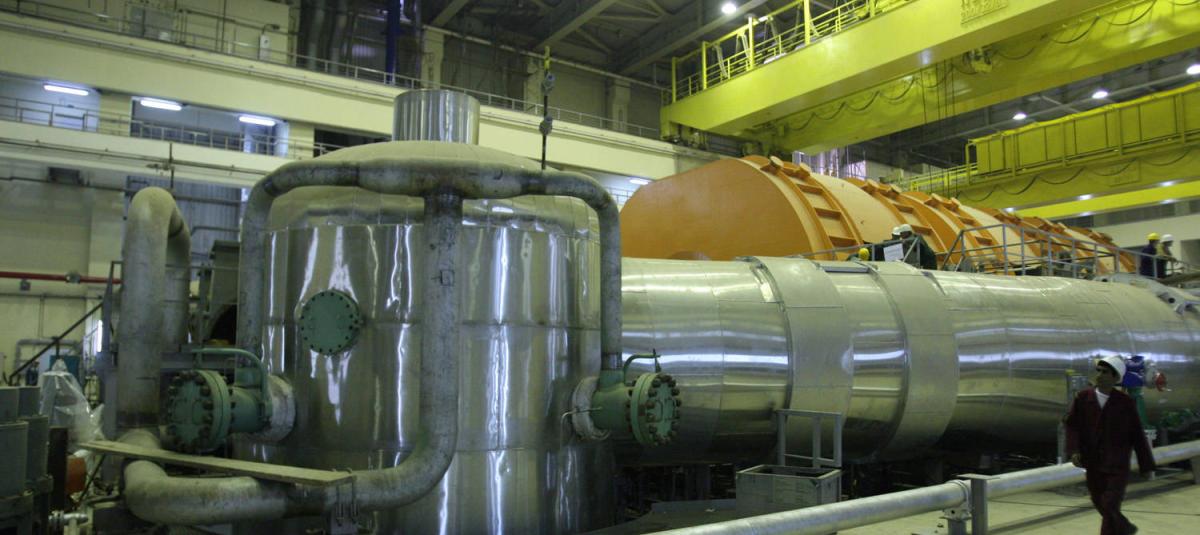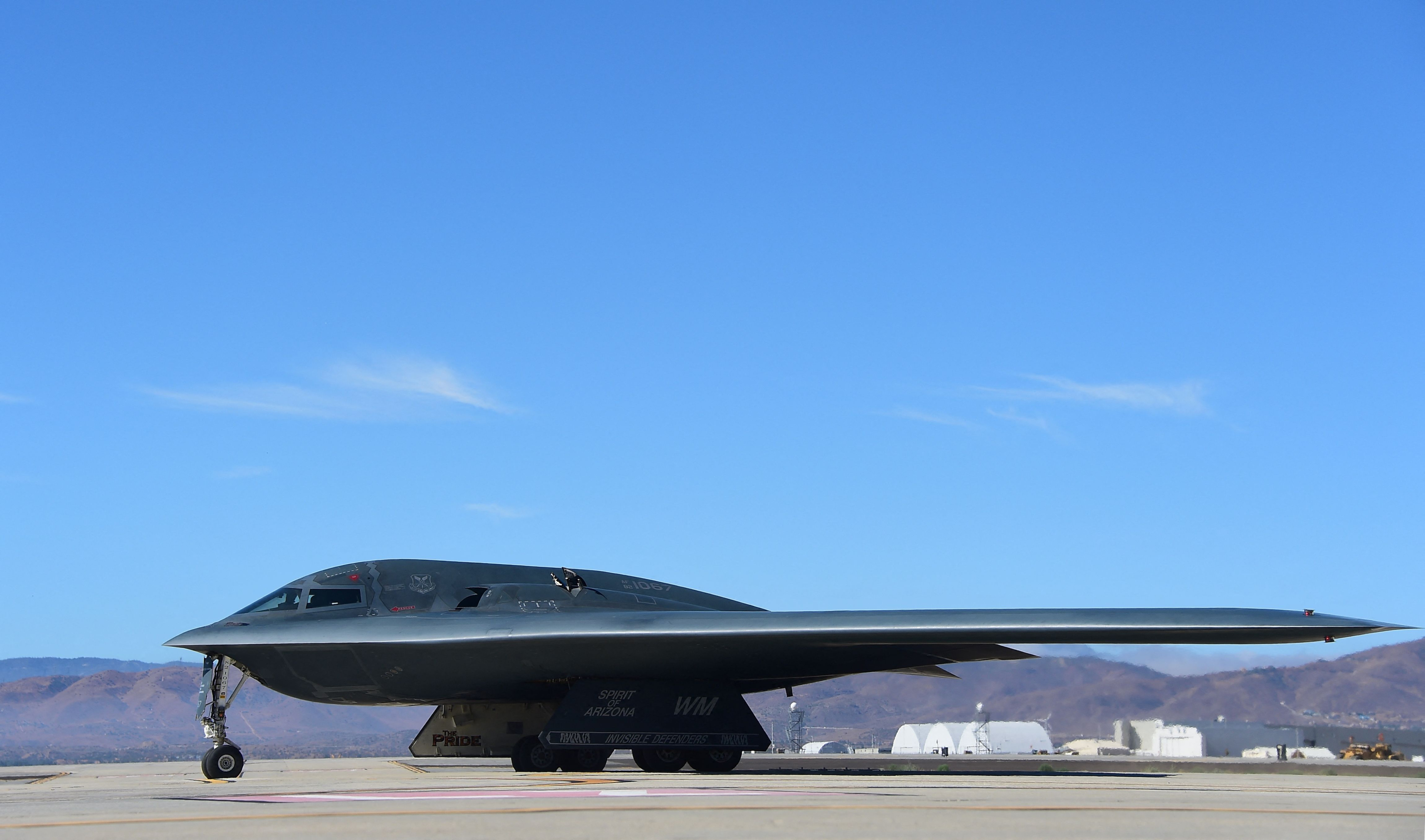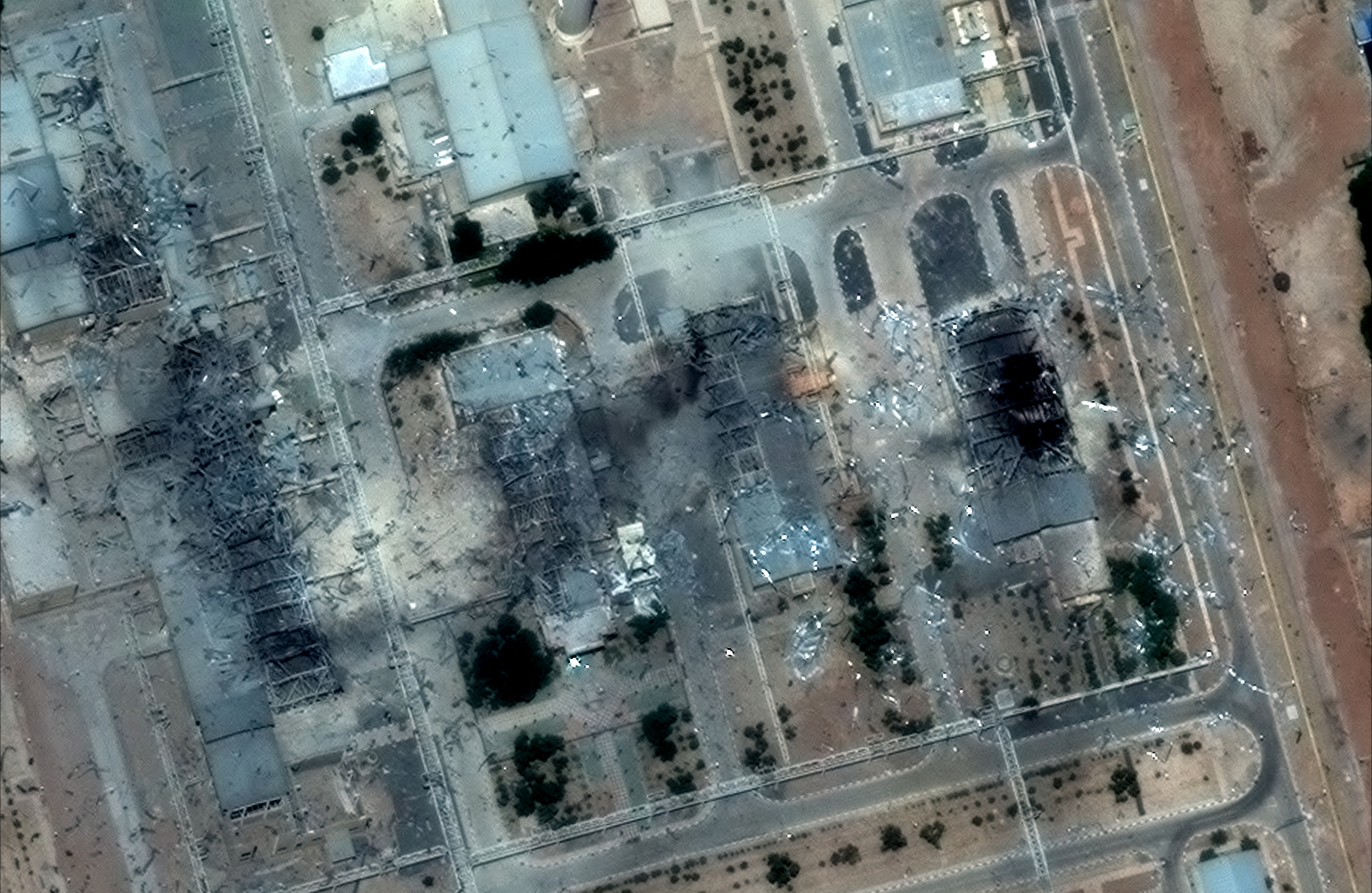Some of Iran's enriched uranium survived attacks by Israel and the United States, according to an Israeli official.

"Israel has concluded that some of Iran's underground stockpile of near-bomb-grade enriched uranium survived last month's U.S. and Israeli attacks and may be accessible to Iranian nuclear engineers," a senior Israeli official said in a briefing for reporters Wednesday night, according to The New York Times.

Reference image. Uranium enrichment plant. Photo: Efe
Since the United States attacked Iran's three main nuclear facilities—Fordo, Ishafan, and Natanz—with heavy-duty bunker-buster bombs, U.S. and Israeli authorities, the UN International Atomic Energy Agency (IAEA), and independent groups have been trying to determine the damage caused and how it would affect Iran's nuclear program.
Before the 12-day war, Iran had about 400 tons of 60% enriched uranium, close to the amount needed to make an atomic bomb, according to the IAEA.
Although this information was never confirmed, Israel claimed it had "detected nuclear weapons activity" in Iran and decided to end the threat.
Days later, the United States joined this objective.
Any attempt by Iran to recapture it would almost certainly be detected, and there would be time to attack the facilities again.
On Wednesday, the senior Israeli official "expressed no concern about the assessment that some of the 60% enriched uranium stockpile stored in barrels survived the attack," the American newspaper reported.
In fact, "the official, and other Israelis with access to the country's intelligence findings, said that any Iranian attempt to retrieve it would almost certainly be detected , and that there would be time to attack the facility again," the outlet added.
For its part, US Defense sources indicated that the country does not yet have sufficient information to confirm that its large-tonnage bunker-busting bombs reached the depths of the underground fortress of Fordo, Iran's main uranium enrichment plant, according to the Efe news agency.

B-2 bomber, the only aircraft capable of delivering the GBU-57 bunker-busting bomb. Photo: AFP
"This is a level of information we don't have access to at this time," they said at a press conference focused on the so-called Operation Midnight Hammer, in which Washington bombed that facility and those in Natanz and Isfahan in June.
It was the largest B-2 bombing raid in U.S. history, with more than 125 aircraft, including seven B-2s, refueling tankers, reconnaissance aircraft, and fighters, as well as 75 bombs and missiles.
The sources insisted Thursday, without providing details, that the Defense Threat Reduction Agency (DTRA) achieved its objective and that the bombs reached the points Washington intended.
However, they emphasized that they are waiting for a final assessment of the offensive. " It is not yet complete and will not be for some time because information is still being gathered," they added.

Isfahan nuclear plant, Iran, after the US bombing. Photo: AFP
The Department of Defense had announced in June that the operation was planned for weeks and months , even as diplomatic talks with Tehran were underway seeking an agreement on its nuclear program.
Fordo is located 80 meters underground . The attack on that facility used GBU-57 bunker-buster penetrating bombs, weighing more than 13 tons each, capable of penetrating to great depths before exploding, making them suitable for attacking underground bunkers and tunnels.
Today's information at least partially contradicts Trump's triumphalist claims after the bombings, when he said, "Monumental damage has been done to Iranian nuclear sites. Annihilation is the right word. (...) And the greatest damage occurred deep below ground level ," the president said on June 25.
eltiempo





